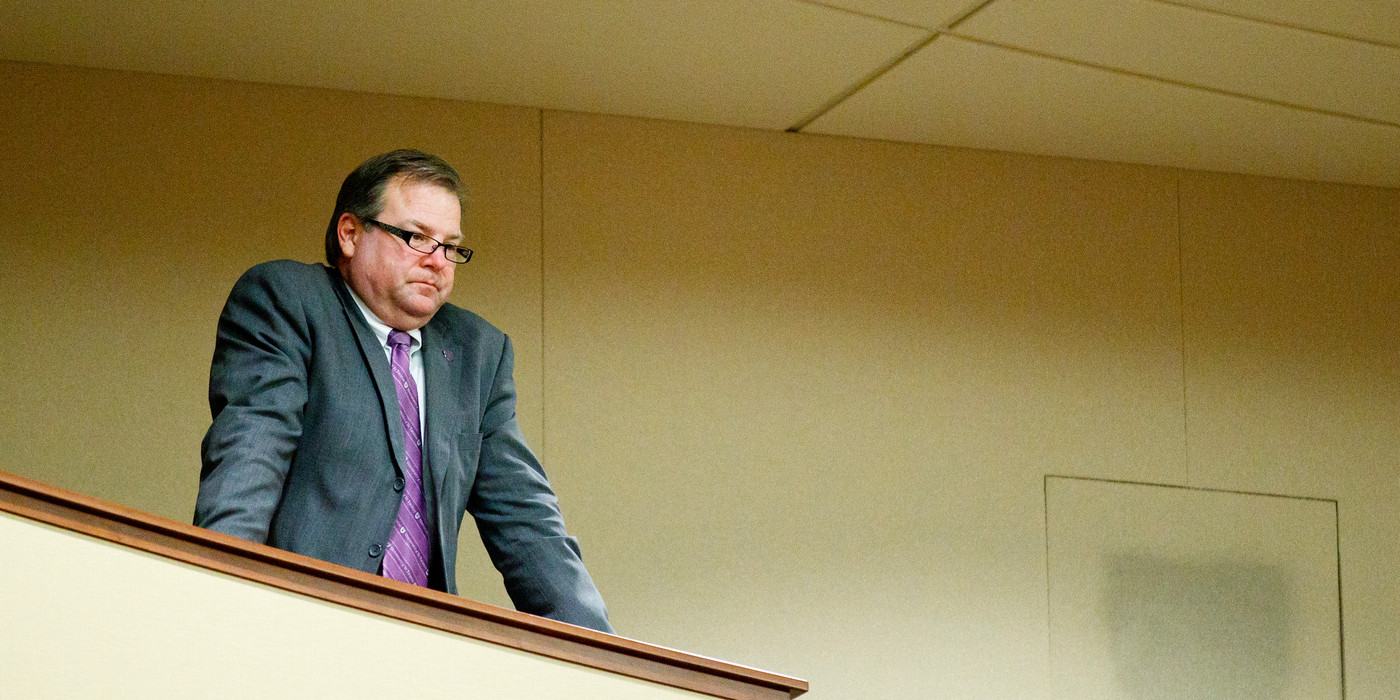Part of conducting public relations requires considering how every stakeholder perceives an organization at a “customer touch-point.” Since anyone could be a stakeholder (someone impacted by the success or operational impacts of the firm), we should try to make each contact - touch-point - with the firm as positive as possible. In managing communications, the focus often hovers around major initiatives of regular contacts with customers. However, it should also be considered important to make efforts that assure even incidental contact with stakeholders reflects favorably on the organization.
This might include sending letters to everyone who applies for a job, acknowledging receipt of the application. While on the one hand this may reduce the number of calls from anxious candidates, even a form letter or postcard represents a small token of goodwill. Of course, not every firm does this. We can all cite examples of firms that don’t even bother to send a letter of closure to people who have gone through multiple interviews. Simply ignoring people who have spent hours in face-to-face interviews arguably happens so that the hiring manager doesn’t have to “reject” them. Saving a few minutes of time and the manager’s ego could impact the organization in unforeseen ways. One might think that the larger and more prestigious an organization might be, the less likely it would be to ignore such a simple courtesy… that would be wrong.
As an example, recently one of my sons has been auditioning at a very well known arts organization. He made it to the final cut and learned a few days later from Facebook that another person was chosen. I expected that shortly he would get a cordial “Thanks for auditioning, but…” note. He informed me that a contact inside the organization said “That’s not how things are done in this business, plus we just don’t have time.” This is a disappointing perspective.
Regardless of what other organizations do in this area, taking the high road and providing some closure would be respected. While I am not in a position to become a major donor or otherwise advocate for this arts organization, another candidate may have relationships with influential people. Plus, how much time and energy does it take to send an email form letter? Twenty years ago it may have been a time issue, but not today. At bare minimum, provide a Web page where people can keep pace with openings as they fill.
This represents a single example in a world where an organization’s employees interact directly or indirectly with other people, inside and outside the firm, constantly. If the underlying attitude is “How can we best convey our respect for you” in little ways, like sincere recognition of having chosen another resource, won’t it seem more important to convey that sentiment across the board? These little things build a culture of stewardship, effectively pushing a portion of the responsibility for all perceptions of the organization out to everyone that interacts with stakeholders… to every employee, manager, board member and volunteer.
Dr. Michael C. Porter, APR is the director of the UST MBC program.







